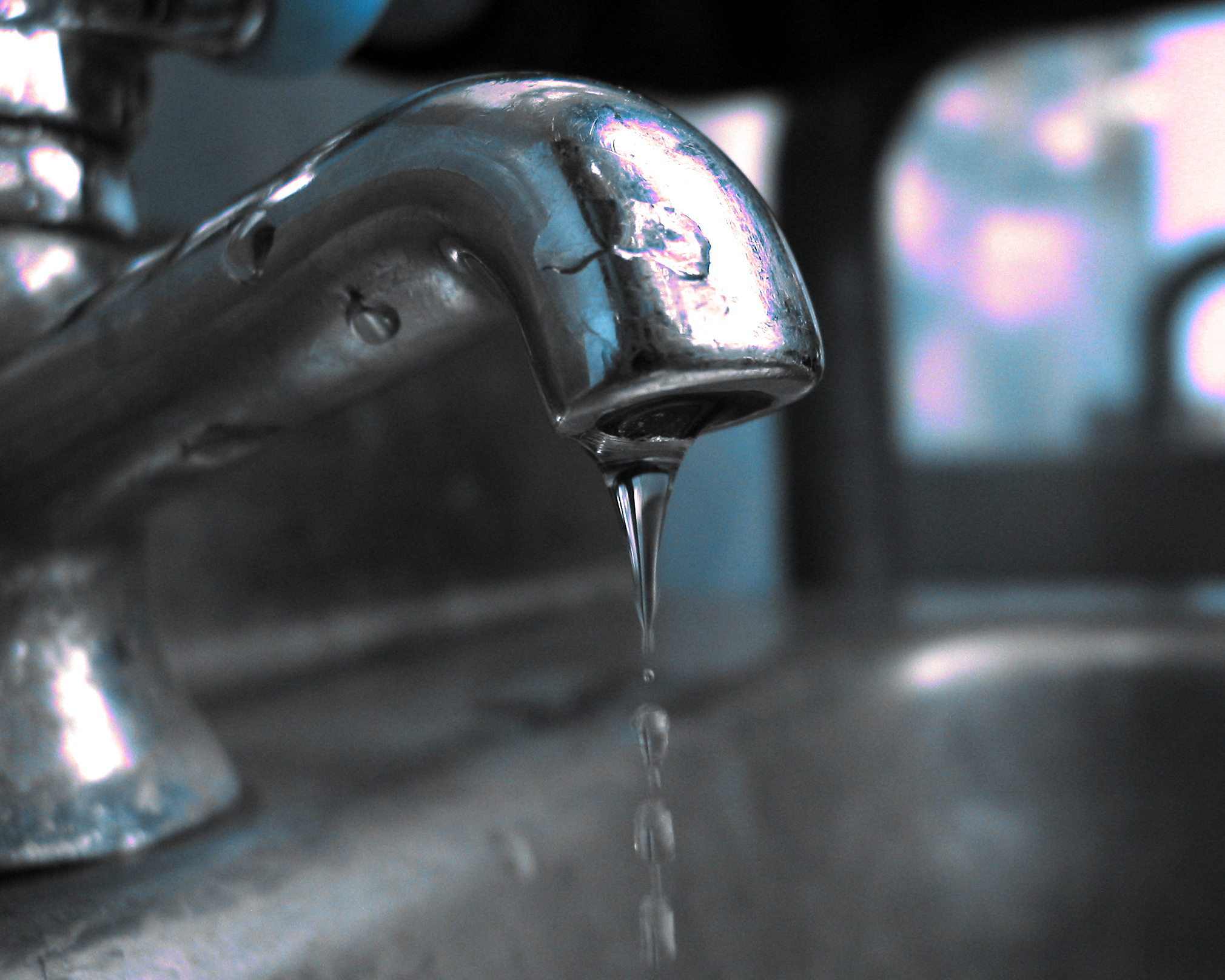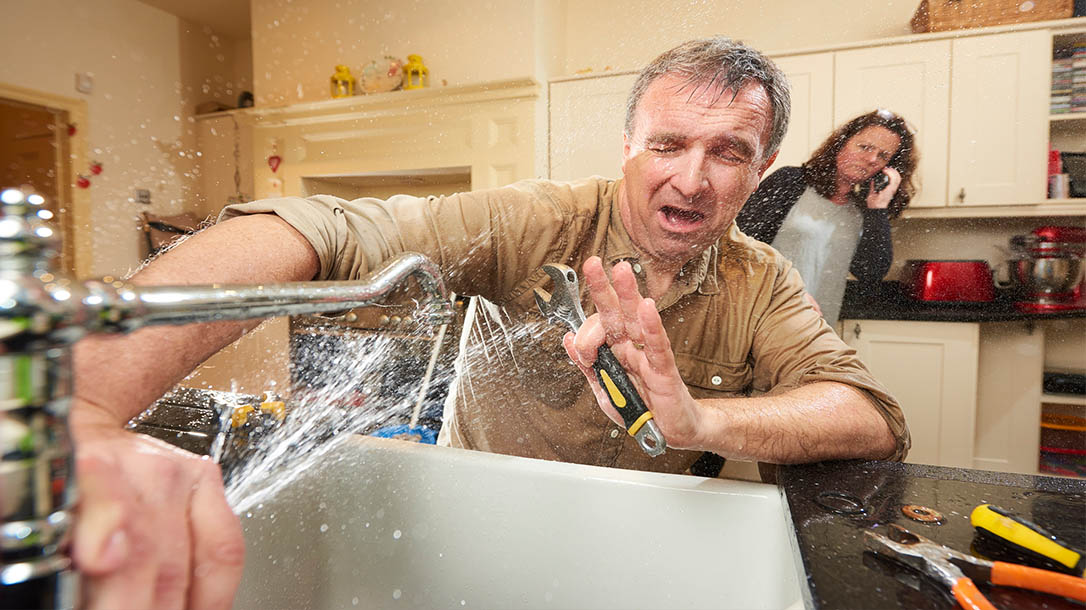How do you actually feel on the subject of How to Fix a Dripping or Leaky Faucet ?

Leaking faucets may look like a minor inconvenience, yet their effect surpasses simply the nuisance of the sound. From drainage to incurring unneeded economic expenses and wellness threats, ignoring a leaking tap can bring about various consequences. In this article, we'll explore why it's important to resolve this common household problem without delay and effectively.
Wastage of Water
Environmental Influence
Trickling taps add considerably to water wastage. According to the Environmental Protection Agency (EPA), a solitary faucet leaking at one drip per second can squander more than 3,000 gallons of water per year. This not only strains water sources yet additionally influences ecological communities and wildlife based on them.
Financial Expenses
Boosted Water Bills
Past the environmental influence, leaking taps can inflate water bills considerably. The collected wastefulness with time converts into greater utility costs, which can have been stayed clear of with prompt fixings.
Potential Residential Property Damages
Furthermore, extended trickling can result in harm to components and surfaces surrounding the tap. Water build-up can trigger discoloration, corrosion, and also structural concerns if left ignored, causing additional repair work prices.
Wellness Worries
Mold and Mildew Development
The consistent presence of dampness from a leaking faucet creates a perfect environment for mold and mildew and mold growth. These fungi not only compromise indoor air quality but additionally pose health risks, specifically for people with respiratory system conditions or allergies.
Waterborne Conditions
Stagnant water in trickling faucets can end up being a breeding ground for microorganisms and other microorganisms, enhancing the threat of waterborne illness. Contaminants such as Legionella microorganisms prosper in stagnant water, possibly bring about significant ailments when ingested or inhaled.
DIY vs. Specialist Fixing
Advantages and disadvantages of Do It Yourself Repair Work
While some might attempt to repair a dripping tap themselves, DIY fixings feature their own set of challenges. Without proper knowledge and devices, DIY efforts can exacerbate the problem or lead to insufficient repair work, lengthening the problem.
Advantages of Working With a Professional Plumber
Working with an expert plumber ensures that the underlying source of the leaking faucet is dealt with successfully. Plumbers possess the proficiency and devices to identify and repair faucet concerns efficiently, conserving time and minimizing the risk of further damages.
Step-by-Step Overview to Repairing a Dripping Faucet
Devices Needed
Before trying to deal with a trickling tap, gather the needed devices, including an adjustable wrench, screwdrivers, replacement components (such as washing machines or cartridges), and plumber's tape.
Typical Faucet Issues and Their Solutions
Identify the sort of faucet and the details problem triggering the drip. Common troubles include damaged washing machines, corroded shutoff seats, or defective O-rings. Describe producer guidelines or online tutorials for step-by-step advice on repair work.
Safety nets
Regular Maintenance Tips
To stop trickling faucets, do regular maintenance such as cleaning up aerators, examining for leakages, and changing worn-out parts immediately. Furthermore, consider installing water-saving tools or updating to extra efficient components.
Importance of Prompt Repairs
Attending to trickling taps as soon as they're noticed prevents additional water wastefulness and potential damages, ultimately conserving both water and money in the long run.
Impact on Residential Property Value
Perception of Well-Maintained Residential Property
Preserving a home in good condition, including dealing with upkeep problems like trickling faucets, improves its regarded worth and desirability among possible buyers or renters.
Impact on Resale Worth
Residences with properly maintained plumbing fixtures, including faucets, command higher resale values in the property market. Addressing dripping faucets can contribute to a positive perception during residential property examinations and arrangements.
Ecological Obligation
Private Payment to Preservation
Taking obligation for repairing dripping taps straightens with wider efforts toward water preservation and environmental sustainability. Every individual's activities jointly make a considerable impact on maintaining valuable resources.
Lasting Living Practices
By prioritizing punctual repair work and taking on water-saving routines, individuals add to sustainable living techniques that benefit both present and future generations.
Verdict
Dealing with a trickling faucet exceeds plain benefit; it's a crucial step towards conserving water, decreasing monetary prices, and safeguarding health and wellness and building. Whether via DIY repair work or expert help, doing something about it to deal with trickling faucets is a small yet impactful method to promote accountable stewardship of resources and add to a healthier, extra lasting future.
How to Fix a Leaky Faucet: Step-by-Step Repair Guide
A leaky faucet may seem like a simple annoyance, but if it's not fixed promptly, that leak could cost hundreds to potentially thousands. From water damage to mold, mildew, and high water bills, even a tiny leak can be catastrophic if left unattended. Damage like this can even affect the overall value of your home, so it's important to take the right approach for leaky faucet repair. You may need the help of a plumber in some cases, but we've got a few tips you can try on how to fix a leaky faucet before calling the pros.
Four Faucet Types
When you're learning how to fix a leaky faucet, the first step is knowing what kind of faucet you're working with! There are four common types.
Cartridge Faucets
Cartridge faucets come in one- or two-handled varieties. In one-handled cartridge faucets, hot and cold water combines in a single cartridge. In the two-handled versions, hot and cold water are controlled separately and mixed in the faucet.
Ball Faucets
Ball faucets have a single lever you push up and down to adjust the pressure and rotate to change the temperature. A slotted metal ball controls the amount of water allowed into the spout.
Compression Washer Faucets
They're the oldest type of faucet, but they're still used in many homes — especially older ones. Compression faucets have two separate handles that, when turned, raise or lower the washer that seals a water valve. This valve stops water from flowing through the faucet when it is turned off.
Disc Faucets
Disc faucets rarely need to be repaired due to their maintenance-free design. The water flow is controlled by two discs — the upper one raises and lowers against a fixed lower disc, creating a watertight seal. If your disc faucet starts leaking, you may need to replace the seals or clean residue buildup from the inlets.
Fixing a Leaky Faucet
Step 1: Turn Off the Water
Whether you're learning how to fix a leaky bathtub faucet or how to fix a leaky kitchen faucet, always turn off the water supply to your working area when you're fixing a leak. The last thing you want is a flood added to your list of things to fix.
Look for the shutoff valves below your sink or around the tub and turn them clockwise to stop the water flow. If your faucet doesn't have shutoff valves, you may need to turn off the water for the whole house. Check to make sure it's off by turning the faucet on. If nothing comes out, you're ready to start the repair.
Step 2: Take Apart the Faucet
How you disassemble your faucet depends on the type of fixture you have. You can use a flathead screwdriver to remove the caps on top of the handle or handles for cartridge and compression faucets. Inside, you should see handle screws. Unscrew these with a screwdriver to remove the handle.
Disc- and ball-style faucets will typically have an inlet screw near the handle, and removing that will reveal the interior of the faucet.
Detach the Valve Stem
For cartridge- and compression-style faucets, you'll see the inner valve stem or cartridge once you remove the faucet handles. If you have a compression faucet, unscrew the brass valve stem. If you have a cartridge faucet, pull out the cartridge. If your cartridge has been in place for a while, it may require some tools or extra force to remove it due to mineral deposits.
Examine and Replace Parts
Once you've removed the parts, check them out to confirm what needs to be replaced. You may see corroded rubber washers, O-rings, stems, or cartridges. On a ball-style faucet, check the seats and springs for damage.
If you need to repair a leaky disc faucet, check the inlet and seals on the lower disc.
Once you determine what parts must be replaced, visit your local hardware store. Bring the damaged parts with you to ensure you can purchase the correct components to replace them.
Clean Valves and Faucet Cavity
If you've removed a stem or cartridge, you may notice mineral buildup in the faucet's threads. Use white vinegar to clean the valve seat by soaking it for a few minutes, then scrub it away with a soft toothbrush and rinse with warm water. You can also clean the interior of the faucet in the same way.
Reassemble the Faucet
Once your faucet is cleaned and the required parts have been replaced, it's time to reassemble it. Put the pieces back together and slowly turn the water supply back on. Doing this slowly is crucial because too much initial water pressure can damage the new hardware you've just installed.
https://homewarranty.firstam.com/blog/how-to-fix-leaky-faucet

We hope you enjoyed reading our piece about What Causes Leaky Faucets & How To Fix Them. Thanks a lot for spending some time to read through our article post. Do you know about anybody else who is fascinated about Water Dripping from Faucet: Why and How to Fix? Please feel free to share it. Thanks a lot for your time. Come back soon.